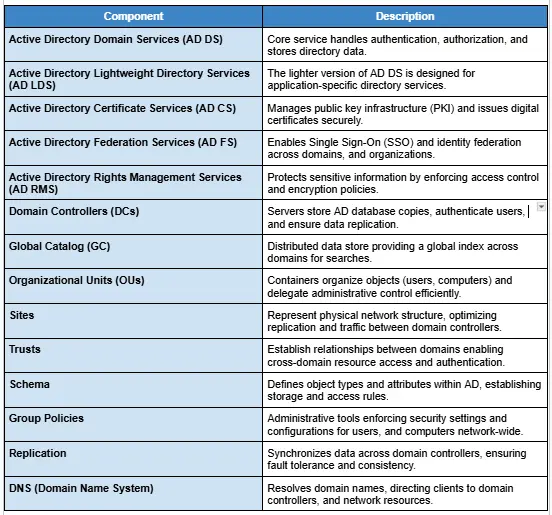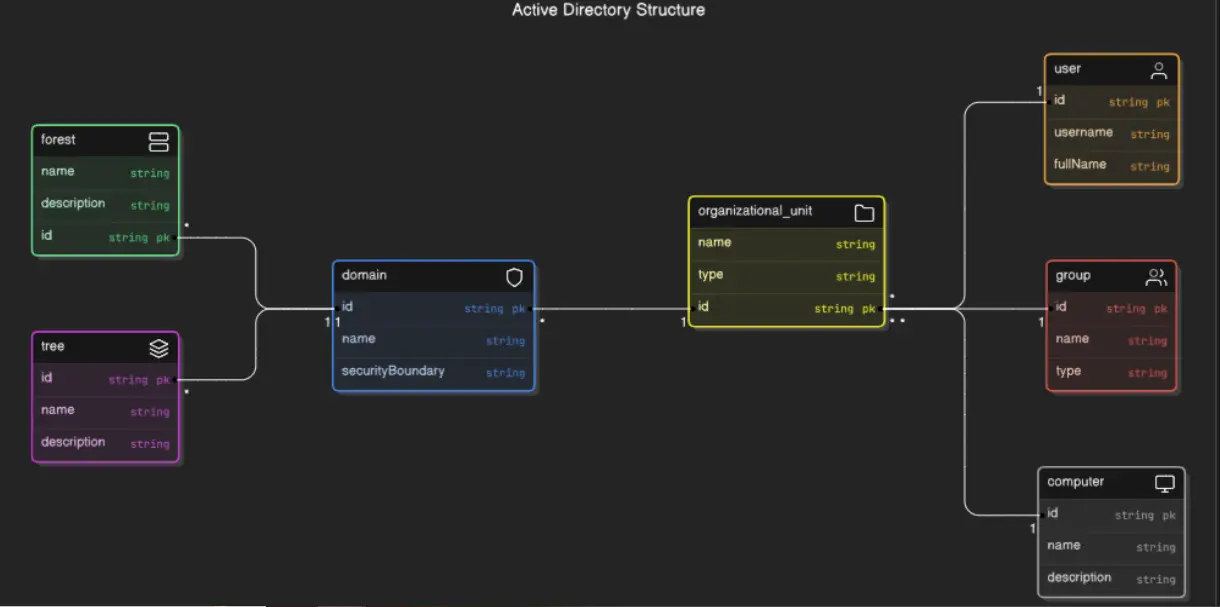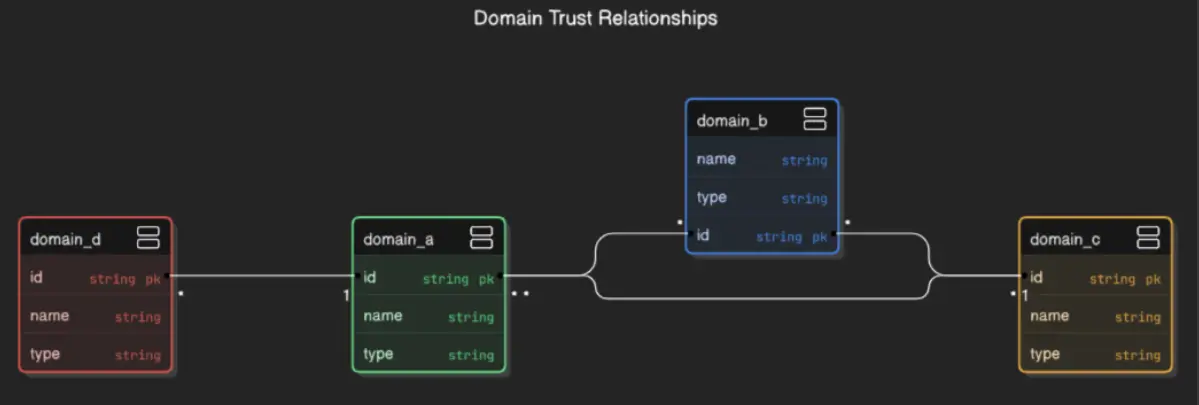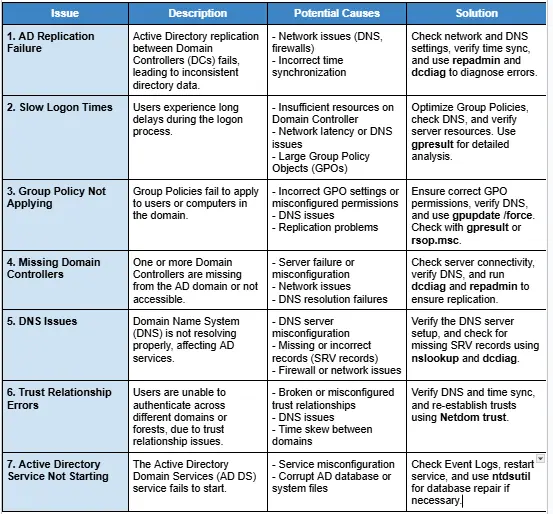What is Active Directory – Key Insights for Beginners!
Curious about “What is Active Directory”? Look no further! In this article, you will find a complete explanation of the Active Directory with its benefits, working, database, and many more.
The Active Directory is a database that stores user information such as name, phone number, passwords, permissions, and many more. It is used to connect the users with the network which they require. Using the AD, the admins can control the IT environment of the users. The admin verifies that the authorized users can only access the permitted resources. There are different benefits to using Active Directory in organizations let’s find some major ones.
What are the Key Functions of Active Directory?
AD plays a central role in managing the IT infrastructure within an organization. This helps to minimize the workload of the Admins. Don’t know how? Let’s understand –
- Authentication: Active Directory authenticates users, ensuring they are who they say.
- Authorization: Once a user is authenticated, AD verifies what resources they have.
- Directory Services: It stores and organizes network resources in a hierarchical structure.
Now, Learn the Benefits of Active Directory!
Despite functions, there are several advantages of Active Directory i.e.
- The AD improves data security in the organization which reduces the chances of data loss.
- The overhead of admins is reduced because they can manage the rights of the users from one place.
- After the process of authentication, the users can access all the permitted resources.
- All the files are stored at a centralized from where the files can be shared easily with others to improve collaboration.
- Taking a backup of data is also easy because of the centralized location for the admins.
- It supports the multi-master replication, due to which the changes are reflected on all the ends if the changes are performed from one end.
What are the Active Directory Components?
Various components are available in the Active Directory, which makes it more robust. So, let’s understand each of them clearly and quickly via this table:

How Does Active Directory Work?
As per the discussion on the what is Active Directory. Now it’s time to discuss the working of AD. There are multiple services in the Active Directory. But the major one is the Active Directory Domain Services which is the part of Windows Operating System.
The AD uses the servers which are known as the Domain controllers. The AD requires multiple DCs to store copies of the entire directory for a domain on each domain controller. So that if changes on the single domain are made such as deletion & creation of an account. Then the changes get reflected in the other domain controllers as well. The Global catalog also used the domain controller to store the complete details of the objects of their domain and partial information of the other domain in the same forest.
Devices that run Windows such as Desktops and laptops can be part of the AD but they cannot run the AD DS. The Active Directory is only for the on-premises environment which is different from the Azure AD. Some other services of Active Directory such as Lightweight Directory services can run in multiple instances on one server and hold the data in the data store. The LDAP is used to store details such as usernames and share those details over the network. The certificate services are also used to generate the certificates for providing the encryption of the data.
The Active Directory Federation services are used to provide one-time authentication for multiple application access which reduces the overhead of the users. The AD RMS is used to track the permissions of the users to access the required data only.
Also Read: How to Perform Email migration to Office 365 easily?
What is Active Directory Structure?

The AD uses the domain, trees, and forests to complete their structure. The objects such as users, and computers are accessing the same database when they are in the same domain. The combination of multiple domains is stored under a tree.
The forest is a group of multiple trees and acts as a boundary. The objects in the different domains can not able to interact with each other until a trust relationship is built by the administrators. The experts advised to the separate the forests for the different business units.
- Domains – These are the collection of several objects such as users, computers, etc.
- Trees – These are the combination of multiple domains in which the trust relationship is maintained.
- Forests – The forests are used to provide the security boundary. It has multiple trees.
Active Directory Trust Relationship!

There are different types of trust set up in the Active Directory to perform interaction. Some of them are.
- One-Way Trust – where the one domain allows access privileges to the other domain but the other domain does not allow the first domain for the same.
- Two-Way-Trust – When both domains allow the accessing permissions to each other.
- Trusting domain – A single domain allows the user access to another domain.
- Transitive trust – It can extend beyond two domains and enable the other domain to access the data within a forest.
- Forest Trust – Accessing between the domains in a forest that can be one-way, or two-way.
Also Read: What is Office 365 Migration Project Plan?
Active Directory Database – How is it Organized?
Microsoft provides the default schema to store objects such as printers, shared folders, and so on. The objects have different types of data such as usernames, and passwords. The attributes of the objects differ from each other. Some of the attributes are also stored in the Active Directory such as Globally Unique Identifier (GUID), Security Identifier (SID), group membership, and last log-on time.
The AD has some predefined rules to store the object’s details in the schema. The default schema can be modified as per the requirements of the administrators. But the key advised using the schema as it is provided. The changes in the schema can cause several problems later in the Active Directory such as data corruption. Now after understanding what is Active Directory in detail.
If you want to perform Active Directory migration, then you can use the most reliable Active Directory Migrator. This tool is recommended by experts for efficient migration. The data becomes safe throughout the process. It is also providing some of the advanced features that complete the Active Directory migration process easily. You can track the processes by using the interactive dashboard. A complete report is also generated after the process ends.
Common Active Directory Issues & How to Resolve Them!
Despite the benefits & functionalities of Active Directory, there are several issues associated with this. It is essential to know what they are and how to resolve them:

Final Words!
This article provides an in-depth exploration of what is Active Directory (AD) and how it functions. We cover its core benefits, issues, steps to set up, and the various components. I hope you will have a comprehensive understanding of Active Directory and its critical role in business environments after reading this entire article.


